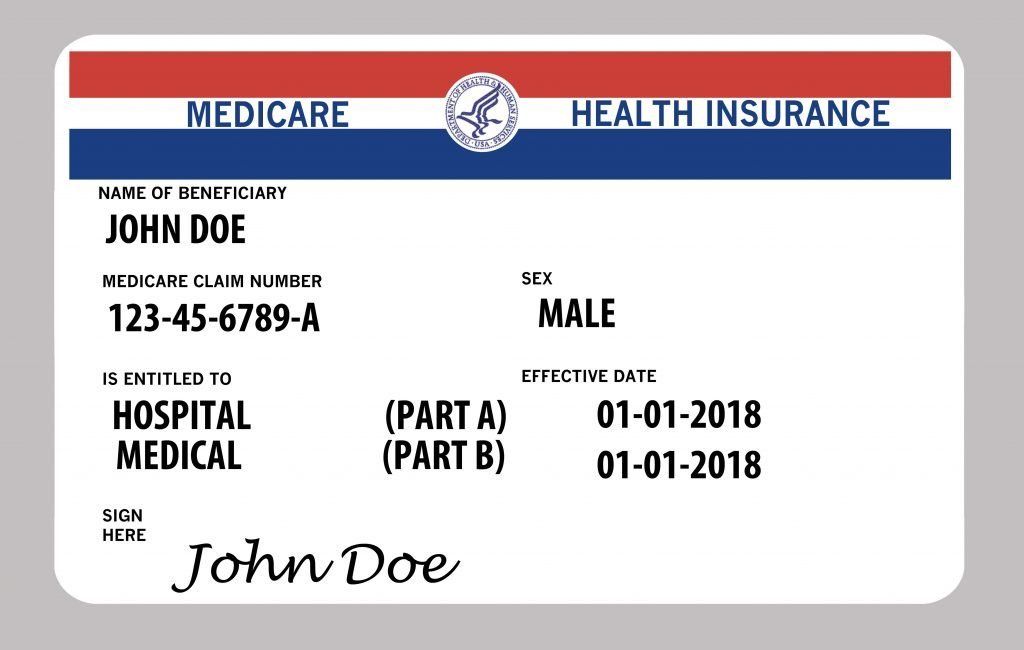Changes to the Medicare Coverage Gap in 2024 and 2025

The Inflation Reduction Act of 2022 includes provisions to lower prescription drug costs for people with Medicare and reduce drug spending by the federal government, while making several changes to the Medicare Part D drug benefit. These changes include a cap on out-of-pocket drug spending for enrollees in Medicare Part D or MAPD (Medicare Advantage Prescription Drug) plans and requiring Part D plans and drug manufacturers to pay a greater share of costs for Part D enrollees with high drug costs. This post provides an overview of the Part D benefit design and Part D enrollee cost-sharing changes coming in 2024 and 2025.
The 4 Stages of Medicare Drug Coverage
For year 2023 as in the past, there are 4 stages of drug coverage within a Part D plan or a Medicare Advantage Prescription Drug Plan (MAPD).
Stage 1 – Deductible, this is the amount you pay of your medication costs before your plan pays its share. It’s worth noting that some plans do not have a deductible to worry about.
Stage 2 – Initial Coverage, this is where you share in the cost of your medications with your insurance plan usually with you paying a “copay” amount. You remain in this stage until the total shared cost (what you have paid and what your insurance plan has paid together totaled) of your prescriptions reach $4660.
Stage 3 – Coverage Gap, also known as the “THE DONUT HOLE”. In this stage you typically pay 25% of the cost of your prescriptions. You will remain in this stage until your out-of-pocket costs reach $7400.
This stage is where your costs increase significantly since you are now paying 25% of the cost of your medications. Look below at an example plan-
Example Plan – Prescription is Trulicity, it has a retail price of $1100.00 for a 30-day supply and would be considered a Tier 3 drug ($45 Copay for Tier 3 Drugs) in our example plan. In Stage 2 Initial Coverage, your copay would be $45 and your plan would pay the rest – in this case $1055.00. $45 plus $1055 = $1100 total.
But, once we get to Stage 3, the Coverage Gap or Donut Hole, the cost to you would be 25% of the retail price or $1100 X 25% = $275 your share. Your insurance plan would pay the rest, $825. Again, $275 plus $825 = $1100 total.
So, in this example the cost of this medication went from $45 in Stage 2 to $275 in Stage 3 for a 30-day supply.
Stage 4 – Catastrophic Coverage, this stage begins with you reach $7400 out-of-pocket. At this point you pay $4.15 for generic/preferred drugs and $10.35 for all other drugs, or 5% of your medication costs – whichever is greater.
Now that we know the 4 stages of prescription coverage let’s look at what is changing in 2024.
How is the Medicare Part D Benefit Changing in 2024?
In 2024, costs in the Catastrophic Coverage (Stage 4) will change: the 5% coinsurance requirement for Part D enrollees will be eliminated and Part D plans will pay 20% of total drug costs in this phase instead of 15%.
Once Part D enrollees have reached the catastrophic coverage stage*, they will no longer be required to pay 5% of their drug costs, which will cap their out-of-pocket spending. In 2024, the catastrophic threshold will be set at $8,000. This amount includes what Part D enrollees spend out of pocket plus the value of the manufacturer price discount on brands in the coverage gap phase. At this amount, Part D enrollees should have no additional costs for their medications.
*This applies to enrollees without low-income subsidies (LIS)
How Is the Medicare Part D Benefit Changing in 2025?
Changes in 2025 include-
- New $2,000 out-of-pocket spending cap
- Elimination of the Coverage Gap stage, aka THE DONUT HOLE
- Higher share of drug costs paid by Part D plans in the Catastrophic stage
- New manufacturer price discount and reduced liability for Medicare
The capped $2000 amount will be indexed to rise each year after 2025 at the rate of growth in per capita Part D costs. (This cap does not apply to out-of-pocket spending on Medicare Part B drugs.)
The Coverage Gap (Stage 3), where Part D enrollees currently face 25% of costs for brand and generic drugs, will be eliminated in 2025. This means that enrollees will no longer see an increase in cost sharing for a given drug when they move from Stage 2 to Stage 3, which is the case in most Part D plans today.
Potential Savings on Medicare Drug Costs in the Future
Finally, some cost savings can be realized for Medicare enrollees that have Prescription coverage. Dropping Stage 4 Catastrophic Coverage costs in 2024 has the potential to save some dollars once an enrollee is past the Coverage Gap or “Donut Hole”. But, eliminating the Donut Hole all together in 2025 and capping costs at $2000 will be a welcome savings for tens of thousands of Medicare Part D enrollees nationwide.











